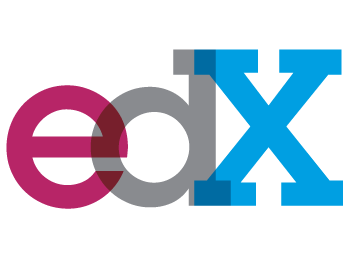Global Classroom: How the Khan Academy Came About
The story of the Khan Academy: In 2006, Salman Khan, a hedge fund manager in New York, began tutoring his cousins in New Orleans in high school math by posting a few videos on YouTube for them to use. Soon thereafter, Khan began to get fanmail and comments on his videos. He added some more math videos—this time a little more complex. Again, he received numerous favorable comments. So he added some more videos.
Khan has never charged any money at all to watch his videos. He formed a non-profit corporation, Khan Academy, and kept adding content. In addition to math, online students can now access lessons in such varied topics as art history, biology, banking, cryptography, chemistry, astronomy, economics, finance, history, and healthcare. He has even added free review courses for the California Standards Test and the SAT—all still for free.
Soon thereafter, in 2010, the Bill & Melinda Gates Foundation noticed Khan. Eventually funding began to flow in from many foundations and the Khan Academy has since been the beneficiary of millions of dollars worth of grants. Whole school systems took notice, too.
In a 2011 TED Talk, Gates joined Khan to present the utility of Khan Academy in the classroom. The concept is to combine a live teacher with online instruction so that the teacher interacts directly with the students who are having difficulty with a concept while the other students move through a lesson at their own pace. In December 2011, the New York Times reported that 36 schools nationwide had started this combination teaching modality.
Khan Academy now includes a Dashboard for teachers to monitor their students’ progress through the lessons by identifying which student is having trouble with which lesson so the teacher can intervene quickly to provide extra help. Khan Academy’s metrics show that this individualized approach actually makes the slower students catch up quickly and in some instances actually surpass their previously faster peers.
Another feature of Khan Academy is the ability for students to mentor their fellow students. Because the Academy is available wherever there is an Internet connection, the student mentor could easily be located on the other side of the world, not just in the next seat. And, yes, there’s even a Khan Academy app for your iPad.
As exciting as the concept of a global classroom is, not everyone is completely convinced. On July 23, 2012, the Washington Post reported that although the US Secretary of Education, Arne Duncan, had praised Khan Academy, some teachers were complaining that some of Khan’s explanations were not exactly accurate and that his self-professed method of classroom preparation consisted of a few minutes of Google research.
Professional teachers, critics say, always prepare thoughtfully and with a view to understanding a concept rather than just memorizing it. The concern is that imperfect online instruction will supplant the well-trained human teacher and that resources to develop such teachers will be diverted.
Still, global access to free education, even if somewhat flawed, is better than the alternative of no education at all.


